23. August, 2025delish0
When purchasing a slitting machine, many users will focus on the "explicit parameters" such as brand, price, maximum slitting width and speed, while ignoring some "hidden parameters" that really determine the long-term stability, applicability and comprehensive benefits of the equipment.
Here are three crucial yet easily overlooked parameters to help you avoid pitfalls when purchasing:
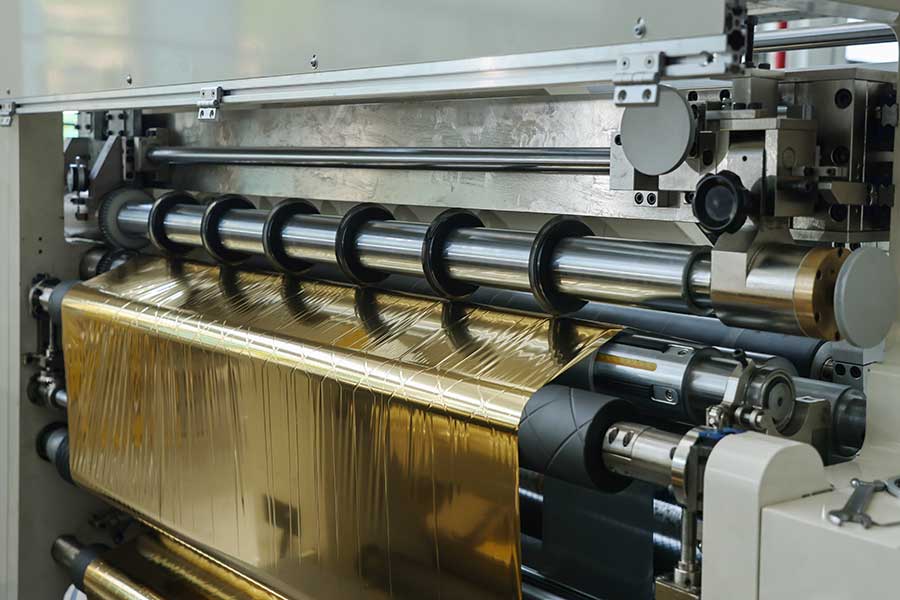
1. Accuracy and type of Guiding System (EPC).
Why is it easy to overlook?
Users usually only care about "whether there is EPC" and do not delve into "what type it is" and "how accurate it is". Suppliers are also often vague, only saying that they are "equipped with high-precision correction".
Why is it important?
The guiding system is at the heart of ensuring the quality of the finished slitting product (especially the end face neatness) and material utilization. An inefficient guiding system can lead to:
• Material waste: The cutting edge is uneven, and the cutting edge width must be increased to maintain the finished product, wasting materials.
• Inefficiency: Frequent downtime adjustments due to deviations affect production efficiency.
• Poor quality of finished products: The end face has "chrysanthemum patterns", serious burrs, and even becomes scrap products.
• Damage to the blade: Severe deviation can lead to material wear and even impact on the blade, causing damage to the equipment.
Parameters that should be dug deep when purchasing:
• Correction Accuracy: Ask suppliers directly what millimeter (mm) is the repeatability of their system. Ordinary models may be ± 0.2mm~±0.5mm, while high-end models can reach ±0.05mm or even higher. The higher the precision, the more beneficial it is for the processing of high-value films (e.g., optical films, lithium battery separators).
• Sensor Type:
◦ Analog/CCD sensors: Used in older or economical models, sensitive to low-contrast materials (such as transparent films) or ambient light, slightly less stable.
◦ Digital sensor: The current mainstream, with strong anti-interference ability, more accurate recognition, and faster response. Be sure to confirm that it is a digital sensor.
• Actuator: Observe whether the movement of the correction frame is smooth and jitter-free. A good system is a servo motor driven ball screw, which is responsive and smooth.
Pit-avoiding mantra: Don't ask "whether there is or not", but ask about "precision geometry"; Don't look at the "brand", look at the "type number".
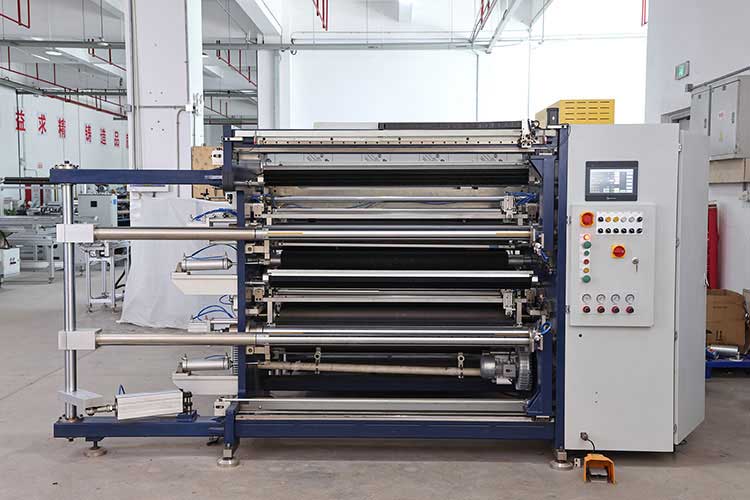
2. The control method and range of retracting/unwinding tension
Why is it easy to overlook?
Tension is considered a "feeling" problem that is difficult to quantify for novice users. Suppliers usually just say "PLC control, constant tension", but the implementation behind it varies greatly.
Why is it important?
Tension is the "soul" of the slitting process. Improper control can lead to:
• Membrane roll and wrinkling: excessive tension or fluctuations.
• Membrane coil collapse (chrysanthemum core): The tension is too small, and the coil is not tight.
• Tensile deformation of materials: Excessive tension can be fatal to elastic materials (such as PE and PP), resulting in dimensional changes.
• Surface scratches: Sudden changes in tension cause sliding friction between the film roll and the roller.
Parameters that should be dug deep when purchasing:
• Control mode:
◦ Open-loop torque control: The most basic and low-cost method. The motor outputs at a set torque, but cannot sense and compensate for the actual tension change caused by the change in the reel diameter. It is only suitable for low-end, undemanding occasions.
◦ Closed-loop tension control: Real-time feedback of the actual tension value through tension sensors (such as tension detection rollers), and the PLC dynamically adjusts the motor output accordingly to achieve true constant tension. This is the standard configuration of mid-to-high-end equipment, a must-have!
◦ Full servo tension control: The retracting, unloading and traction rollers are all driven by servo motors, and the tension is indirectly controlled by calculating the "current ring/torque ring", with the highest accuracy and extremely fast dynamic response, but also the highest cost.
• Tension Control Range: Ask about the minimum and maximum tension values that the device can provide (usually in Newtons N or kilograms in KG). Make sure this range perfectly covers all your materials, from the thinnest and most fragile to the thickest and hardest.
Pitfall avoidance mantra: do not use "constant tension" blank checks, but use the hardware guarantee of "closed-loop sensors"; Don't ask "can you control", but ask "control scope".
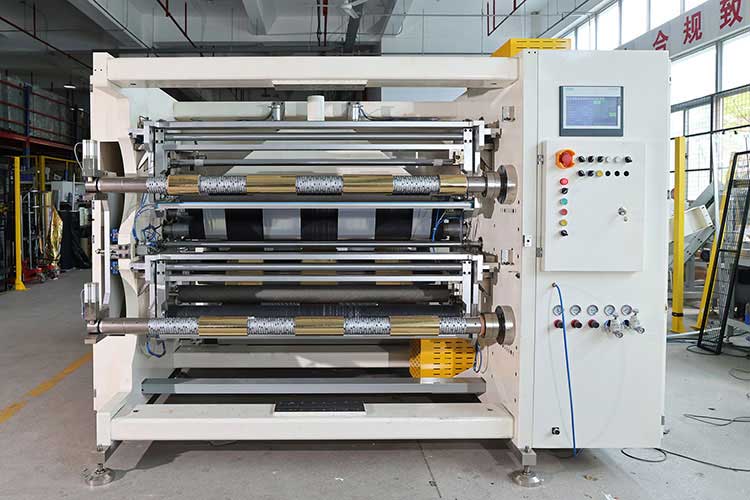
3. Structure and material of the tool holder
Why is it easy to overlook?
Users are more concerned about the blade itself (material, brand), and the "tool holder" that carries the blade is often ignored, thinking that it is just a metal block.
Why is it important?
The tool holder is the foundation of slitting precision and stability. A tool holder with insufficient rigidity and low precision can lead to:
• Frizzy and powder loss at the cutting edges: The blade vibrates microscopically when cutting, preventing it from creating a clean cut.
• Sudden Loss of Blade Life: Vibrations and discentricities can exacerbate blade wear.
• Unable to fine-tune: Inferior tool holders are difficult to adjust and easy to loosen after locking, resulting in poor accuracy in the width of the slitting strip.
• Poor concentricity: The upper and lower knife shafts are not parallel, which will cause local cutting and the other end is constantly cut.
Parameters/details that should be dug deep when purchasing:
• Material and Craftsmanship:
◦ Material: Is it alloy steel or high-quality carbon steel and treated with integral quenching + fine grinding? The tool holder of ordinary cast iron or A3 steel has poor rigidity and is easy to deform.
◦ Machining accuracy: What is the machining accuracy of critical contact surfaces and bearing positions? Rough machining does not guarantee the accuracy of installation.
• Adjustment and locking method:
Is manual adjustment a precision screw or a normal thread? Is the adjustment handle graduated and is the fine adjustment smooth?
◦ Is the locking mechanism reliable in design? An excellent tool holder should completely eliminate the gap after locking, and the texture should not move. You can manually try to shake the tool holder on the display machine to feel its rigidity.
• Bearing brand and model: Is the bearing supporting the cutter shaft a high-precision angular contact bearing from a well-known brand (such as SKF, NSK, FAG, etc.)? Ordinary deep groove ball bearings cannot withstand the radial and axial compound forces, and gaps and abnormal noises will soon appear.
Pit-avoiding mantra: Don't look at the "blade", look at the "knife seat" first; don't believe in "propaganda", and "shake" it with your own hands.
Summary and action suggestions
| It is easy to overlook parameters | Core questions | Words that should be asked when purchasing |
| Guidance Correction System (EPC) | Insufficient accuracy, backward type | "Is your EPC digital? What is the official nominal repeatability in millimeters? ” |
| Tension control | The method is rudimentary and the scope does not match | "Is it closed-loop tension control? Does it come with a physical tension sensor? What is the minimum and maximum tension range? ” |
| Knife holder structure | Poor rigidity and low accuracy | "What is the material of the knife holder and what heat treatment has it undergone? What brand of bearings are used? ” |
Finally, the best way to avoid pitfalls is to "test the machine on site": bring your most representative and hard-to-cut materials (such as extremely thin, thick, elastic and high-value materials) to the factory to test the machine. Seeing these three systems perform at high speeds is the ultimate standard for testing all parameters.



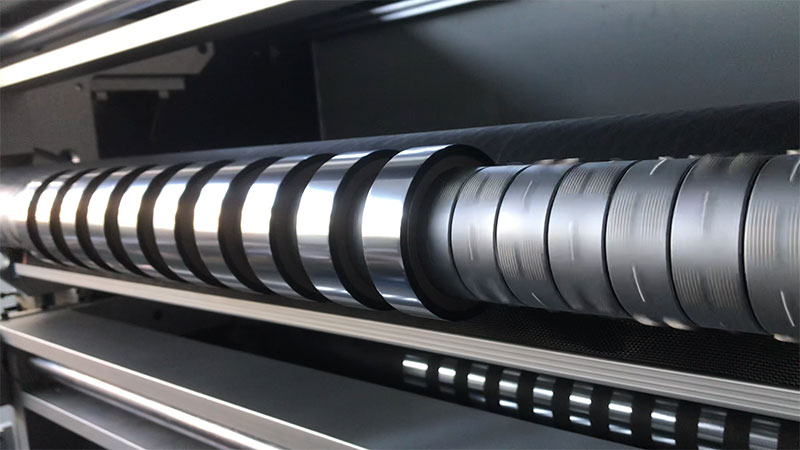
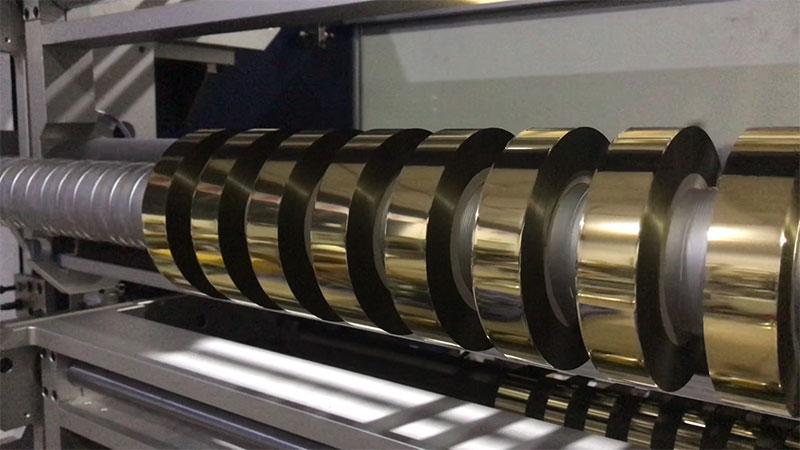
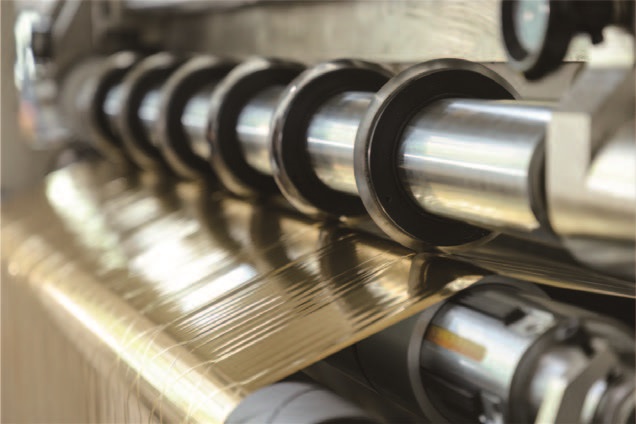
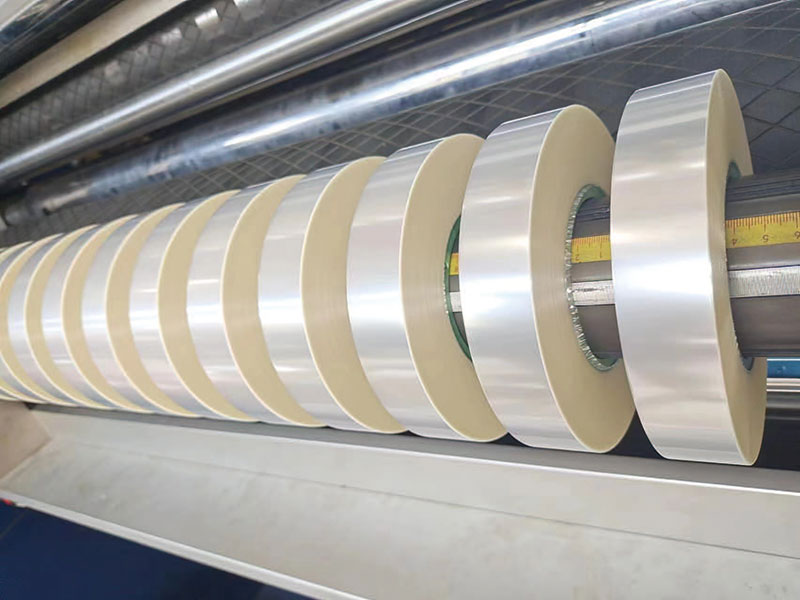
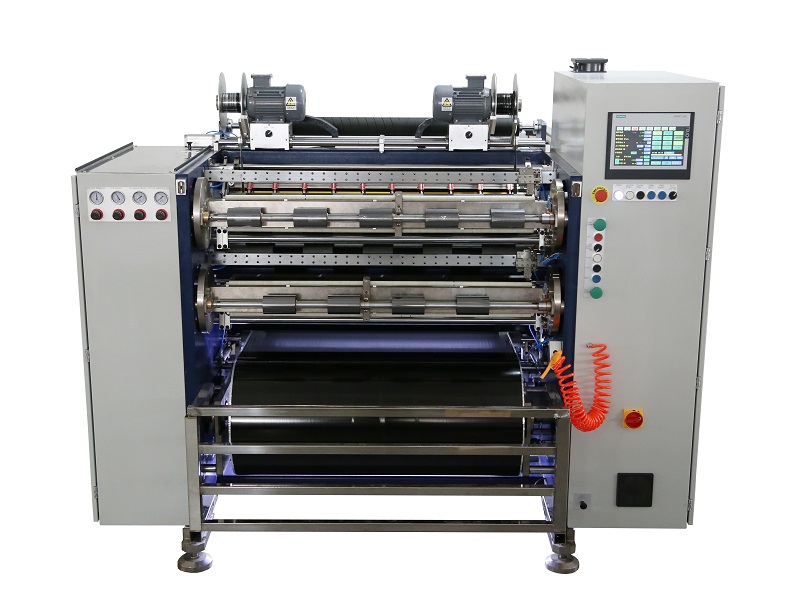 Fully Automatic TTR Slitter RSDS8 Plus
Fully Automatic TTR Slitter RSDS8 Plus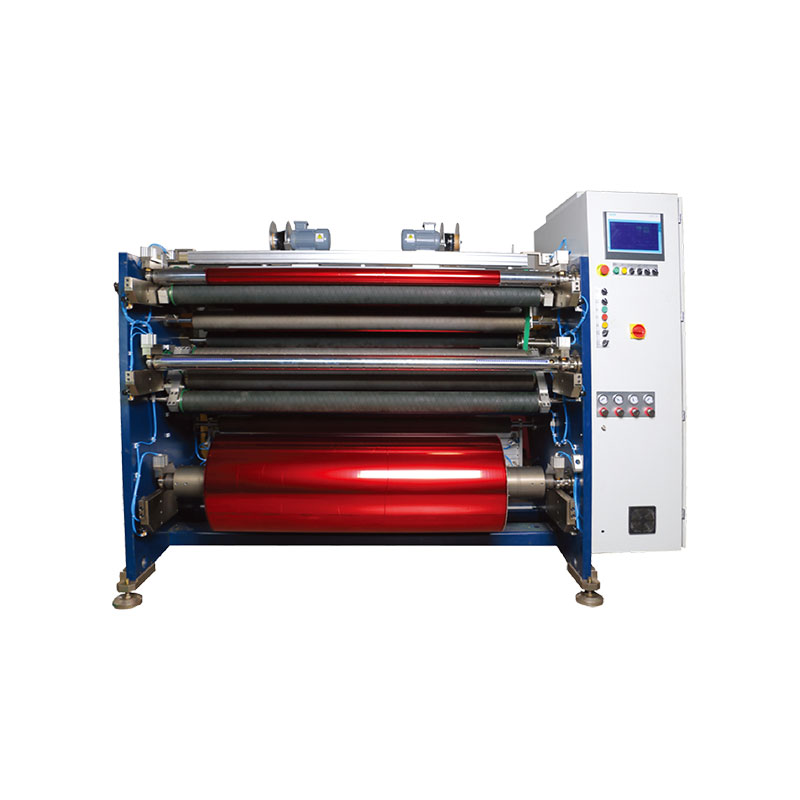 Hot Stamping Foil Slitter 1600mm
Hot Stamping Foil Slitter 1600mm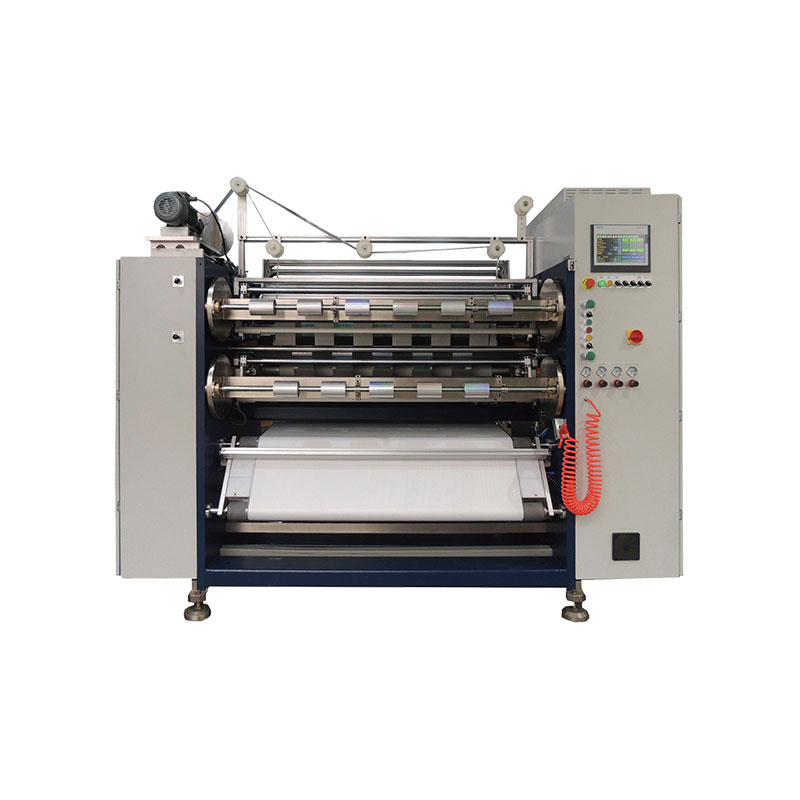 Hot Stamping Foil Slitter (4 Shafts)
Hot Stamping Foil Slitter (4 Shafts)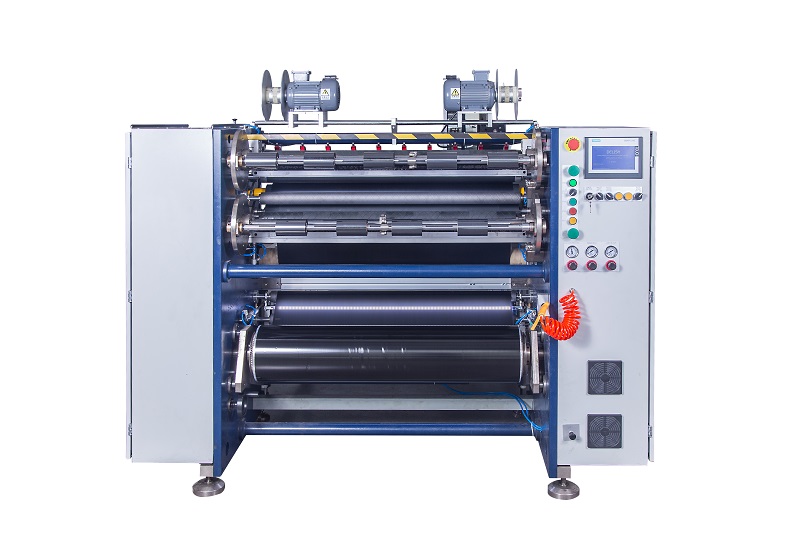 Semi-Auto TTR Slitter RSDS2 Plus
Semi-Auto TTR Slitter RSDS2 Plus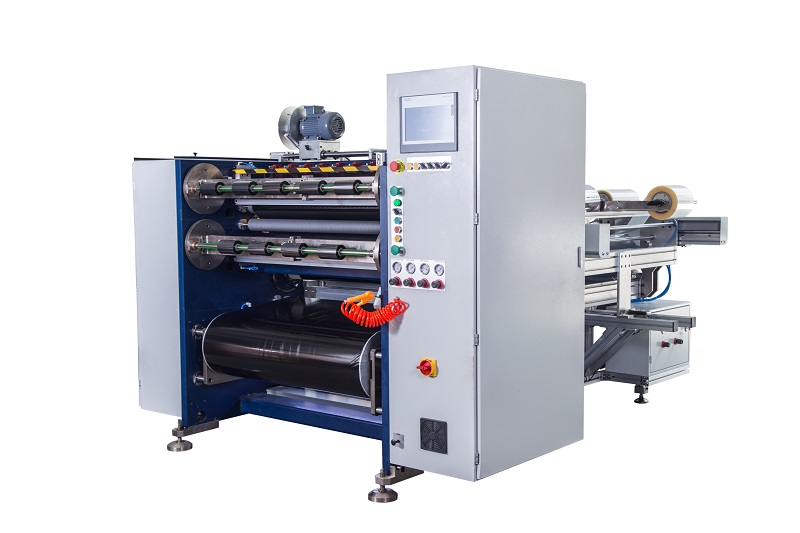 Semi Automatic TTR Slitter RSDS5 Plus
Semi Automatic TTR Slitter RSDS5 Plus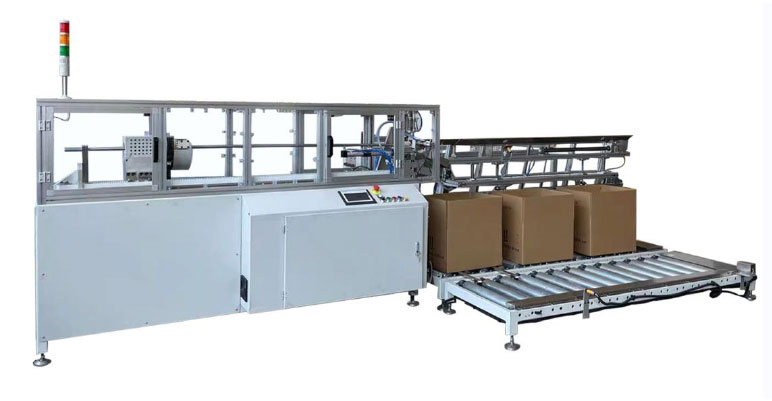 Auto Paper Core Cutter
Auto Paper Core Cutter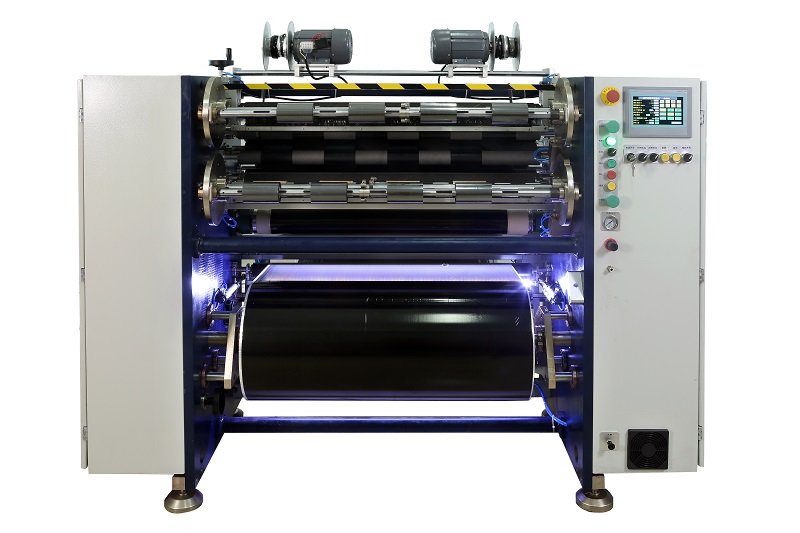 Manual TTR Slitter RSDS2
Manual TTR Slitter RSDS2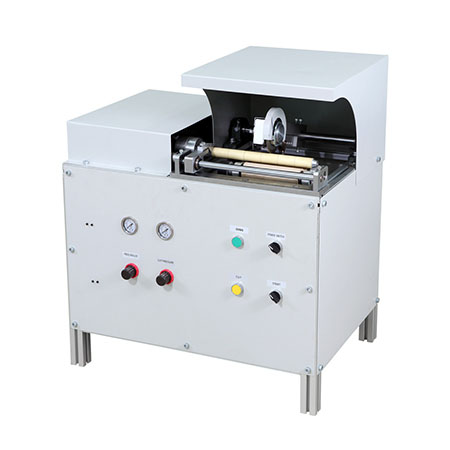 Manual Paper Core Cutter
Manual Paper Core Cutter





